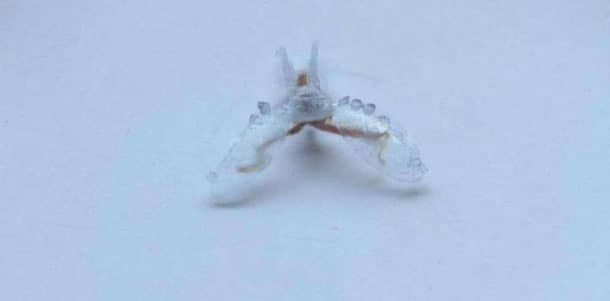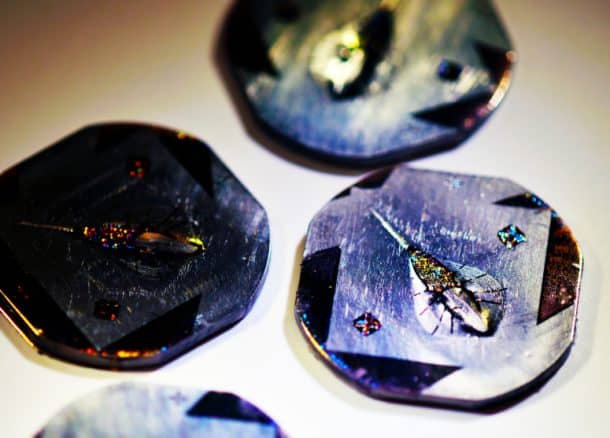What do you imagine when you think of a robot? Probably something metallic, plastic or machine-like? Some researchers however, have taken a different approach. They have build a robot not by using “nuts and bolts” but by using the biological cells or live muscle tissues.
Fascinating, right? These machines are stimulated by either light or electricity and cause the cells to contract or relax which will in turn help the robot to move or swim. This allows movement and locomotion to our biobots that are soft and animal-like. Instead of batteries, they need nutrients to survive and power their muscles. Thus it makes biobots safer, lighter and softer than most traditional robots.

How to Build a BioBot
First step is to grow living cells from muscle or cardiac cells of chickens/rats on scaffolds that must not be toxic to cells. If the scaffold is a polymer, then your device is a BioHybrid robot – part natural, part artificial. Now, next step is to place the living cells on the mold of a skeleton. If you do it without any pattern then it will have a random orientation and will move in all directions when electricity is applied which would make your device inefficient.
So what is the solution? Scientists call it micropatterning. You must print microscale lines of the skeletal mold. The lines should be made of a material that cells have an affinity for. These lines make sure that the cells move and align in a particular pattern. Next you can direct the bot in a particular direction by deciding how contraction force is applied. Therefore, instead of all cells moving in all direction in a disorganized way, they will synchronize and make the BioBot move altogether in a particular direction.

Watch the video below and let us know whether you found this Robotic Ray fascinating. After all, it is the first artificial living thing ever created!


